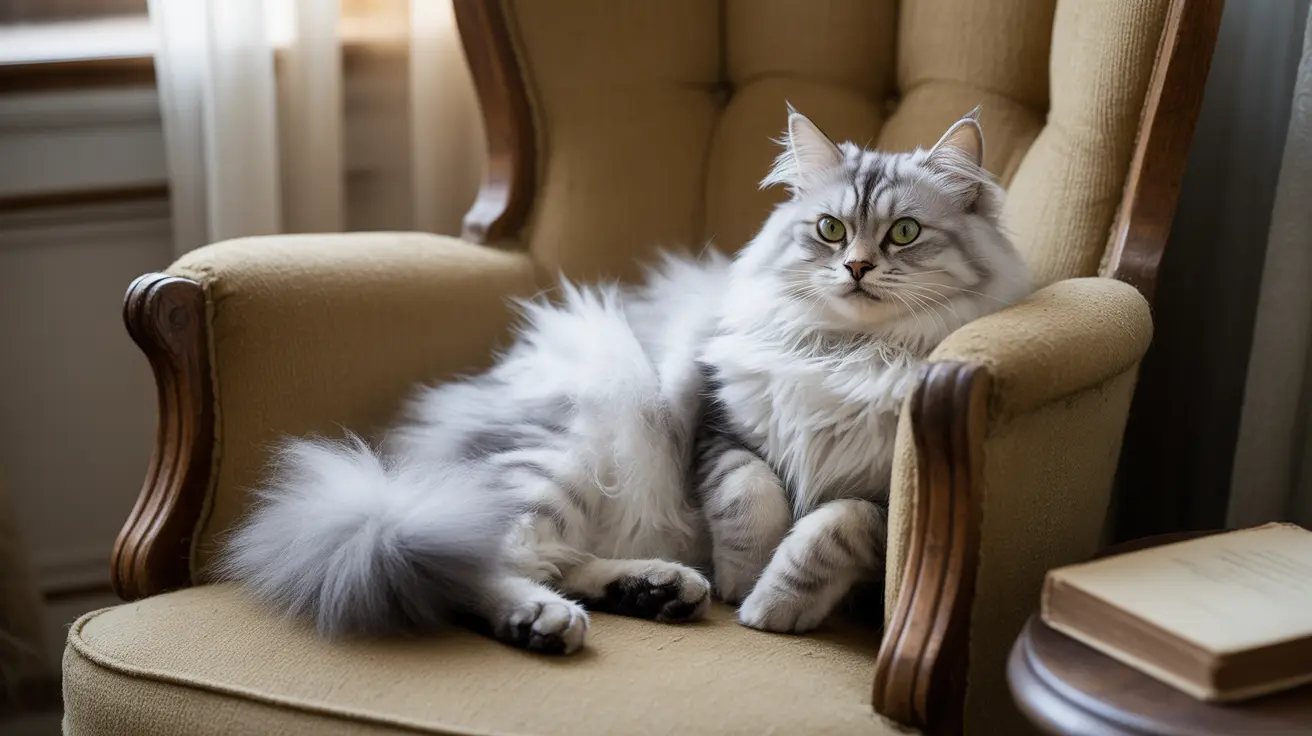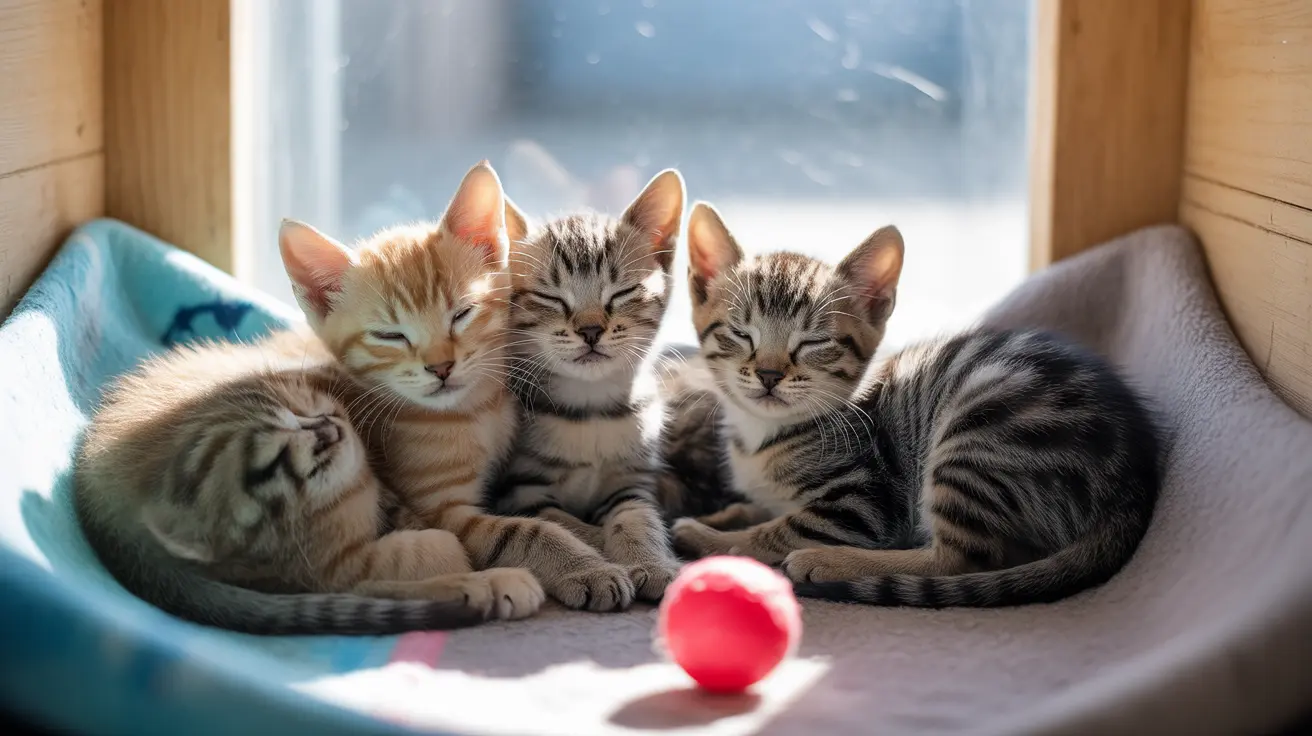When it comes to cat behavior, few sounds are as distinctive and meaningful as purring. While many cat owners associate purring solely with happiness, these fascinating vocalizations serve multiple purposes in feline communication and well-being. From contentment to healing, cats use different types of purrs to express various emotional and physical states.
In this comprehensive guide, we'll explore the science behind purring, examine the various contexts in which cats purr, and help you better understand what your feline friend is trying to communicate.
The Science Behind Cat Purring
Cat purring is a unique biological mechanism that involves rapid muscle contractions in the larynx (voice box). These contractions, controlled by neural oscillators in the brain, create vibrations as air passes through the vocal cords. Unlike other cat vocalizations, purring occurs during both inhalation and exhalation, creating that continuous, rhythmic sound we know so well.
Different Types of Cat Purrs and Their Meanings
The Contentment Purr
The most commonly recognized purr is the contentment purr, which cats produce when they're relaxed, comfortable, and happy. You'll often hear this steady, rhythmic purr when your cat is being petted or curled up in their favorite spot.
The Solicitation Purr
Some cats develop a special "solicitation purr" that includes a high-pitched element similar to a cry. This particular vocalization is often used when cats want food or attention, and research shows it's particularly effective at getting human response.
The Healing Purr
Cats often purr when injured or in pain, leading scientists to discover that purring frequencies (between 25-150 Hz) may promote healing and provide pain relief. This self-soothing mechanism might help cats recover from injuries while conserving energy.
Mother-Kitten Bonding Purrs
Purring plays a crucial role in mother-kitten relationships. Kittens begin purring within their first week of life, even before their eyes open. Mother cats use purring during nursing to bond with their kittens and signal that all is well.
The Therapeutic Effects of Cat Purrs
Research suggests that cat purring can have therapeutic effects not just for cats but for humans as well. Studies have shown that the vibration frequency of purring may help:
- Promote bone density and healing
- Reduce stress and lower blood pressure
- Decrease muscle pain
- Aid in wound healing
How to Interpret Your Cat's Purrs
To better understand your cat's purring, consider these factors:
- The situation and environment
- Your cat's body language
- The intensity and pattern of the purr
- Any accompanying vocalizations or behaviors
Frequently Asked Questions
What are the different reasons cats purr besides showing happiness?
Cats purr for various reasons including stress relief, pain management, healing, seeking attention or food, and during mother-kitten bonding. It's a complex vocalization that can indicate both positive and negative emotional states.
How can I tell if my cat's purr means they want attention or are in pain?
Look at the context and accompanying body language. A solicitation purr often includes a high-pitched cry and occurs when your cat wants something. Pain-related purring may be accompanied by withdrawal, hiding, or other signs of discomfort.
Do cats have different types of purrs, and how are they used in communication?
Yes, cats use different types of purrs for various purposes. The main types include contentment purrs, solicitation purrs, healing purrs, and bonding purrs. Each serves a specific communication purpose in different contexts.
Can cat purring really help with healing injuries or reducing stress?
Scientific research suggests that the frequency of cat purrs (25-150 Hz) can promote tissue regeneration, reduce inflammation, and aid in healing. These vibrations may also help reduce stress levels in both cats and humans.
Why do kittens and mother cats purr during nursing and bonding?
Purring during nursing helps strengthen the bond between mother and kittens. Kittens purr to communicate their well-being to their mother, while mother cats purr to soothe their kittens and create a calm nursing environment.
Conclusion
Understanding the different types of cat purrs can significantly enhance your relationship with your feline companion. By paying attention to the context and accompanying behaviors, you can better respond to your cat's needs and strengthen your bond. Remember that purring is a complex form of communication that goes far beyond simple expressions of happiness.






